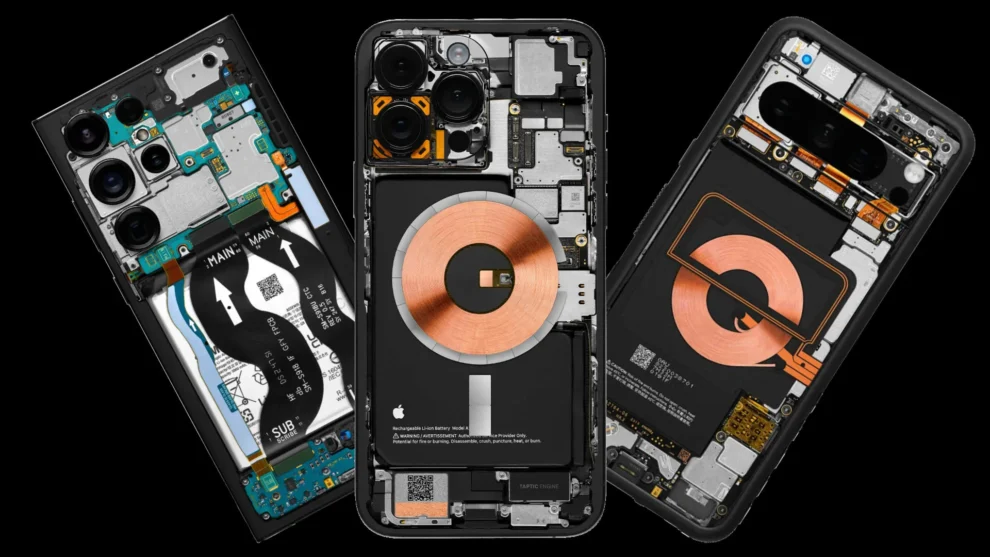In a surprising turn of events, Casetify, a popular phone case and accessories maker, has found itself at the center of a design theft controversy. The company is facing accusations from Dbrand, a fellow phone case manufacturer, of blatantly copying Dbrand’s signature “Teardown” skin designs for its own “Inside Out” line of cases.
Key Highlights
- Dbrand has filed a lawsuit against Casetify, alleging copyright infringement and unfair competition.
- Casetify has acknowledged the allegations and is currently “investigating the matter.”
- The design similarities between Dbrand’s “Teardown” skins and Casetify’s “Inside Out” cases are undeniable.
- The controversy has sparked a debate about the ethics of design inspiration and the fine line between inspiration and imitation.

Unraveling the Design Theft Claims
The allegations against Casetify stem from its “Inside Out” line of phone cases, which feature a transparent design that reveals the internal components of the phone. Dbrand claims that Casetify’s “Inside Out” cases are a direct copy of its own “Teardown” skins, which have been a staple of Dbrand’s product line for several years.
The similarities between the two products are striking. Both designs feature a transparent overlay that showcases the phone’s internal components, with detailed graphics and labeling that highlight the various parts. Dbrand has even pointed out specific Easter eggs and design elements that are unique to its “Teardown” skins and have been replicated in Casetify’s “Inside Out” cases.
Casetify’s Response and the Ongoing Investigation
In response to the allegations, Casetify has issued a statement acknowledging the “copyright allegation” and stating that it is “investigating the matter.” The company has also emphasized its commitment to “originality” and its “respect for intellectual property.”
However, Casetify’s vague response has done little to assuage Dbrand’s concerns. The company has maintained that Casetify’s “Inside Out” cases are a clear infringement of its “Teardown” skin designs, and it is moving forward with its lawsuit.
The Ethical Dilemma of Design Inspiration
The controversy between Dbrand and Casetify has raised important questions about the ethics of design inspiration and the fine line between inspiration and imitation. It’s undeniable that designers often draw inspiration from existing products and concepts. However, there is a clear distinction between using inspiration to create something new and original and simply copying an existing design.
In the case of Casetify’s “Inside Out” cases, the similarities to Dbrand’s “Teardown” skins are so striking that it’s difficult to see it as anything other than a direct copy. The use of Dbrand’s unique Easter eggs and design elements further suggests that Casetify deliberately copied Dbrand’s work.
The outcome of the lawsuit between Dbrand and Casetify will ultimately determine whether Casetify’s “Inside Out” cases constitute copyright infringement. However, the controversy has already tarnished Casetify’s reputation and raised questions about its design ethics.
As the design industry continues to evolve, it’s crucial for companies to strike a balance between drawing inspiration from existing work and creating their own original designs. Respecting intellectual property and avoiding blatant copying are essential for maintaining integrity and fostering innovation in the design world.


















